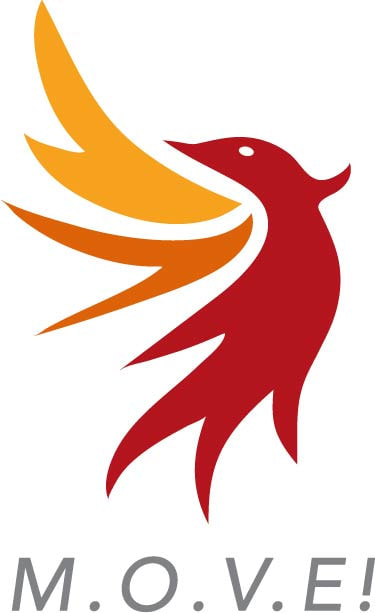Arm Swing For Running
Whether you're sprinting or marathoning, arm swing is essential for running speed and for stabilizing the body. Improving arm movement improves running efficiency. (Sprinting on hills is also an excellent chance to work on arm movements -- as well as overall running form.).
Below are reminders for arm swing. The cue word or words that follow each reminder will help you remember it.
1) Swing the opposite arms and legs in sync while running. Cue words: “In sync”.
2) Pump the arms forward and backward in line with the direction of movement. The arms should not swing across the body and the elbows should point backwards, not outwards. Cue words: “In line”.
3) Swing the arms from the shoulders, not the elbows. Keep the elbows bent and focus on driving them backward. “Swing from shoulders”.
4) Hold the elbows at about a 90-degree angle. Allow the elbow angle to fluctuate slightly during the arm swing, but don't stray too far from 90 degrees (70 to 120 degrees is a good range.) Cue words: “90 degrees”.
5) Pass your hands by your body at hip height – not above the waist or below the hips. Cue words” “pass at hips”.
6) Swing the arms powerfully through a full range of motion. While distance runners' hands should move from their hip or a bit further back to their chest, the hands of runners sprinting or running uphill should move from the back pocket as high as your chin. Cue words “chest or chin”.
7) Keep your shoulders and hands relaxed. The shoulders should be down, not tight. (Don’t clench your hands in a fist or let them flop around.)
Whether you're sprinting or marathoning, arm swing is essential for running speed and for stabilizing the body. Improving arm movement improves running efficiency. (Sprinting on hills is also an excellent chance to work on arm movements -- as well as overall running form.).
Below are reminders for arm swing. The cue word or words that follow each reminder will help you remember it.
1) Swing the opposite arms and legs in sync while running. Cue words: “In sync”.
2) Pump the arms forward and backward in line with the direction of movement. The arms should not swing across the body and the elbows should point backwards, not outwards. Cue words: “In line”.
3) Swing the arms from the shoulders, not the elbows. Keep the elbows bent and focus on driving them backward. “Swing from shoulders”.
4) Hold the elbows at about a 90-degree angle. Allow the elbow angle to fluctuate slightly during the arm swing, but don't stray too far from 90 degrees (70 to 120 degrees is a good range.) Cue words: “90 degrees”.
5) Pass your hands by your body at hip height – not above the waist or below the hips. Cue words” “pass at hips”.
6) Swing the arms powerfully through a full range of motion. While distance runners' hands should move from their hip or a bit further back to their chest, the hands of runners sprinting or running uphill should move from the back pocket as high as your chin. Cue words “chest or chin”.
7) Keep your shoulders and hands relaxed. The shoulders should be down, not tight. (Don’t clench your hands in a fist or let them flop around.)
